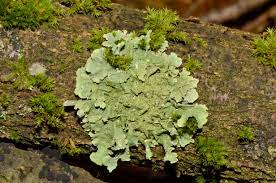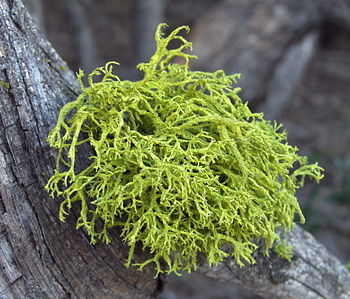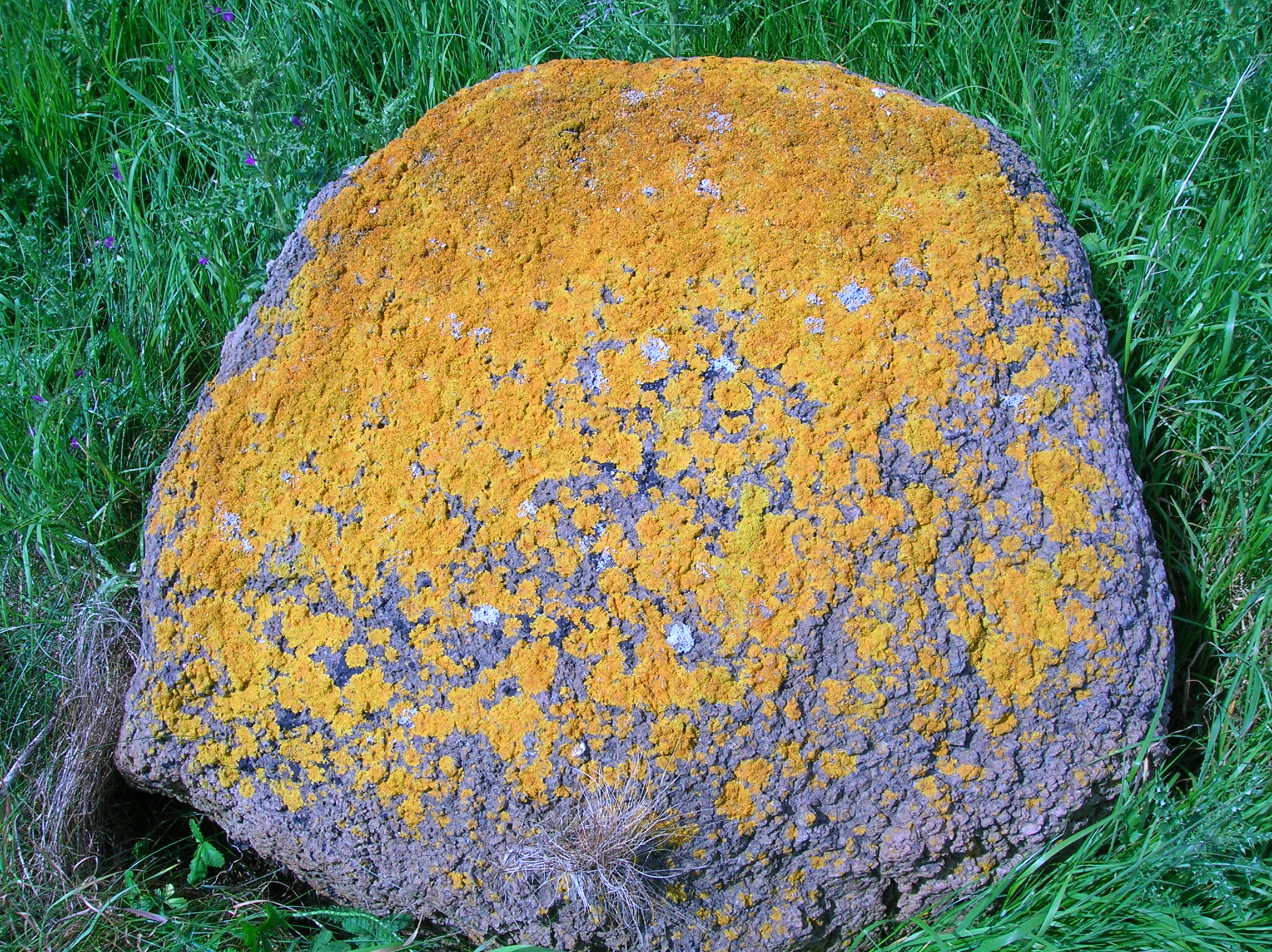BIO 112: Chytrids, Fungi, and Lichens
Chytrids
A typical chytrid is a ==unicellular heterotrophic decomposer.==
- Morphology: Their gametes have ==flagella,== which aren’t often found on other fungi cells. They can reproduce either sexually or asexually.
- Categorization: Chytrids are aerobic ==zoosporic fungi==. Because zoosporic fungi usually aren’t motile and chytrids are, chytrids are separate from other fungi.
- Location: The phylum Chytridiomycota is an ==aquatic fungus== that can also live on land, so you would probably be able to find them living in the water.
The disease chytridiomycosis
Chytridiomycosis is a ==disease that affects amphibians.== When an amphibian touches the motile spores of the chytrids in the water, the amphibian contracts the disease.
- Long-term effects of the disease include the ==possible extinction of an amphibian species.==
Three types of hyphae found in Rhizopus stolonifera
- ==Stolon:== horizontally-growing filament in mycelium
- ==Rhizoids:== vertically-growing filament which anchors the fungus by its stolon; it also releases enzymes that digest organic materials
- ==Sporangiophores:== a stalk that possesses sporangia
How mycorrhizal fungi colonize a plant
- The mycorrhizal fungi colonize a plant by ==connecting their own hyphae to a host plant==.
- They can attach to the host plant ==internally or externally== and latch onto their root tissues. Because this relationship is ==symbiotic,== the plant and fungi share nutrients and sugars. The host plant benefits because it gets higher nutrients and mineral absorbability from the mycorrhizae while the fungi get sucrose from the plant.
Harmful and beneficial ascomycetes
Beneficial
- ==Penicillium chrysogenum:== source of the antibiotic, penicillin, which saves lives
- ==Saccharomycotina:== a type of yeast used to create alcohol and used in genetic research
- ==Taphrinomycotina:== a yeast-like organism that aids in the production of fermented foods
Harmful:
- ==Cryptococcus neoformans:== gives infections such as meningitis and meningoencephalitis
- ==Aspergillus niger:== this ascomycete causes ear infections
- ==Stachybotrys chatarum:== a black mold that causes chronic sickness
How do ascomycetes get their name?
Ascomycetes get their named ==based after their ascus==, which is a sac-shaped structure with ascospores.
Ascomycete reproduction
- Ascomycetes ==reproduce asexually and sexually==.
- When reproducing ==asexually==, they use ==budding, fragmentation, and fission==.
- In ==sexual reproduction==, an ascogonium, or a female sex cell, is ==fertilized== by the antheridium, or the male gamete. The diploid zygote nucleus then completes meiosis to make 8 ascospores. These ascospores remain in the sac until later discharged.
Five types of basidiomycetes
- ==mushrooms:== spore-producing and fleshy type of fungus, identifiable by its basidiocarp
- ==puffballs:== a hollow kind of fungus with spores inside of basidiocarp that resemble dust
- ==stinkhorns==: a fungus with a bad smell with similar traits to mushrooms
- ==smuts:== a term for a disease caused by multicellular fungi from the Ustilaginomycetes class
- ==rusts:== another term for the plant diseases inflicted by Pucciniomycetes
What is seen when scrapings from mushroom gill tissue are placed on a slide under the microscope?
- When scrapings from gill tissue are placed on a slide under the microscope, you are able to view the ==basidia and spores== on the mushroom. This is the place where spores are able to disperse.
Lichens
- Lichens are a ==symbiotic relationship between fungi and algae==.
- Lichens ==protect the algae== with its filaments, protecting them against the environment while simultaneously ==gaining nutrients==. In return, the algae gives nutrients and vitamins to the fungus.
- Lichens play several roles in the environment. They are able to ==transform nitrogen into nitrates,== which is essential for growth. This conversion affects the ecosystem because nitrates are absorbed from lichens when it rains.
- Lichens also ==act as food==, ==nesting== material, and ==shelter== for others. They also assist with the algae’s survival.
Three types of lichens:
- ==Foliose:== physically appear leaflike and stick to a substrate very loosely. Found on the trunks of trees.

- ==Fruticose:== are very round and lack a top or bottom. Found on the bark of trees, rock, and ground surfaces.

- ==Crustose:== crust-like and tightly attaching lichens. Found on the surface of leaves.
